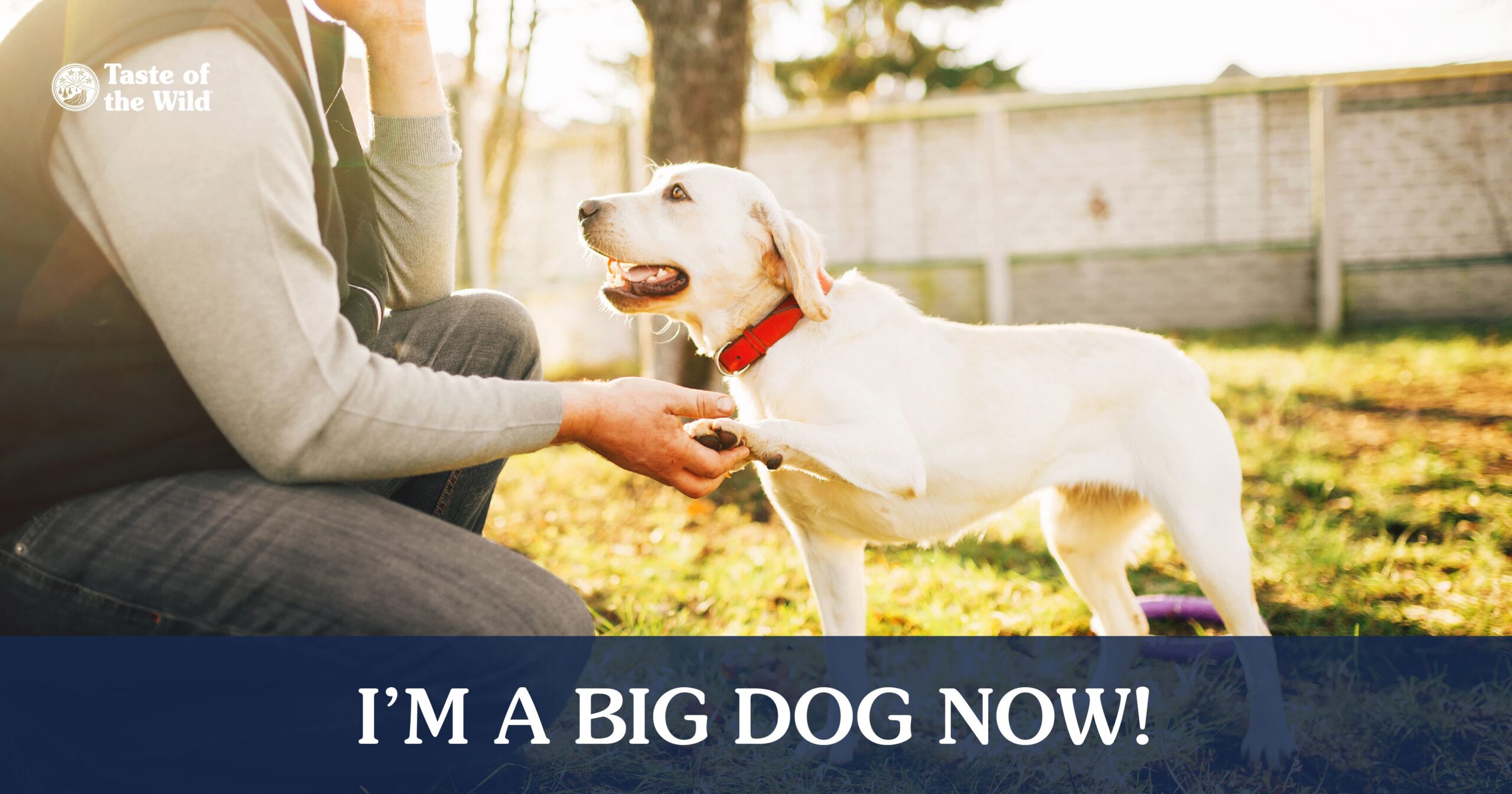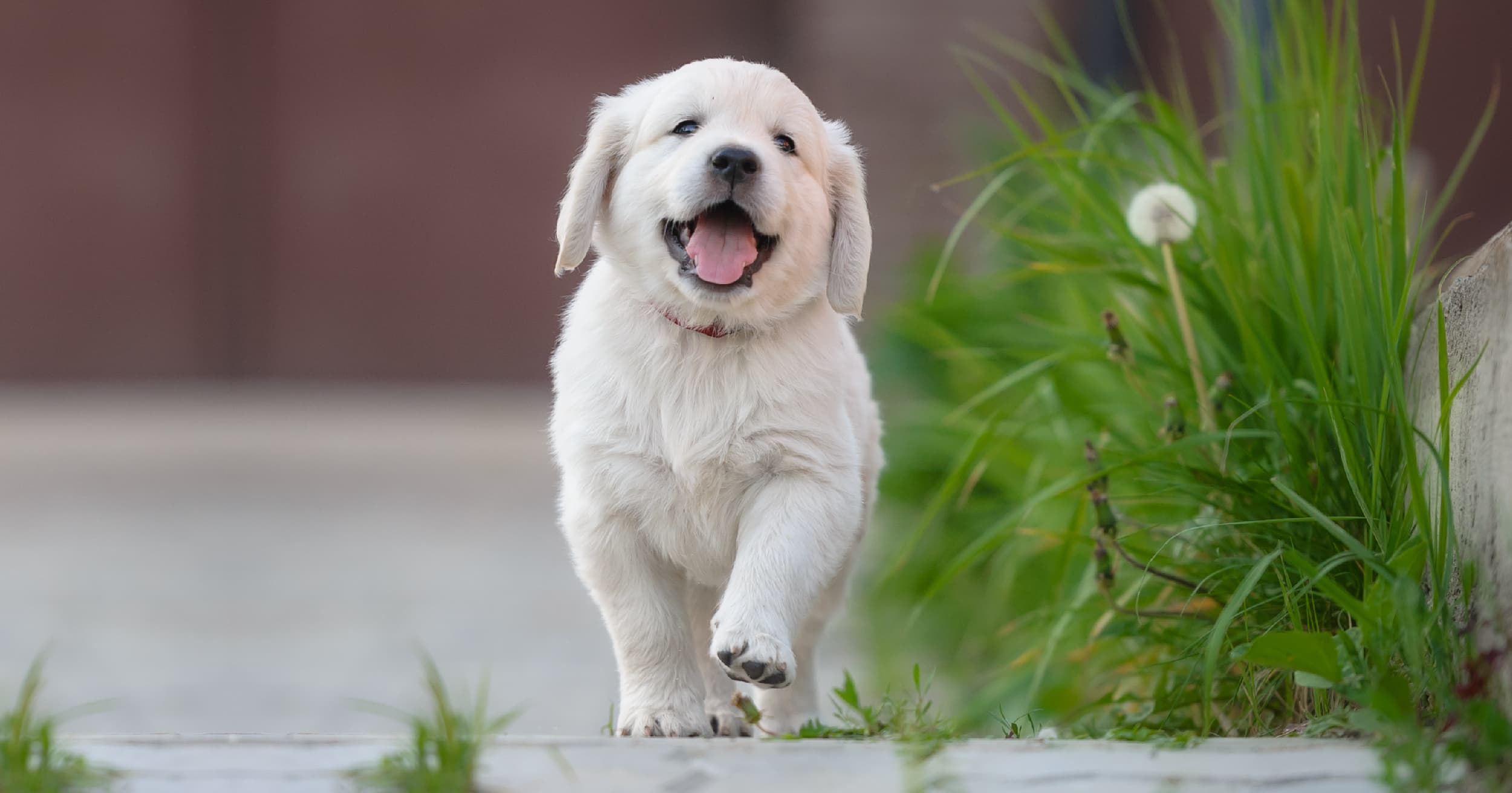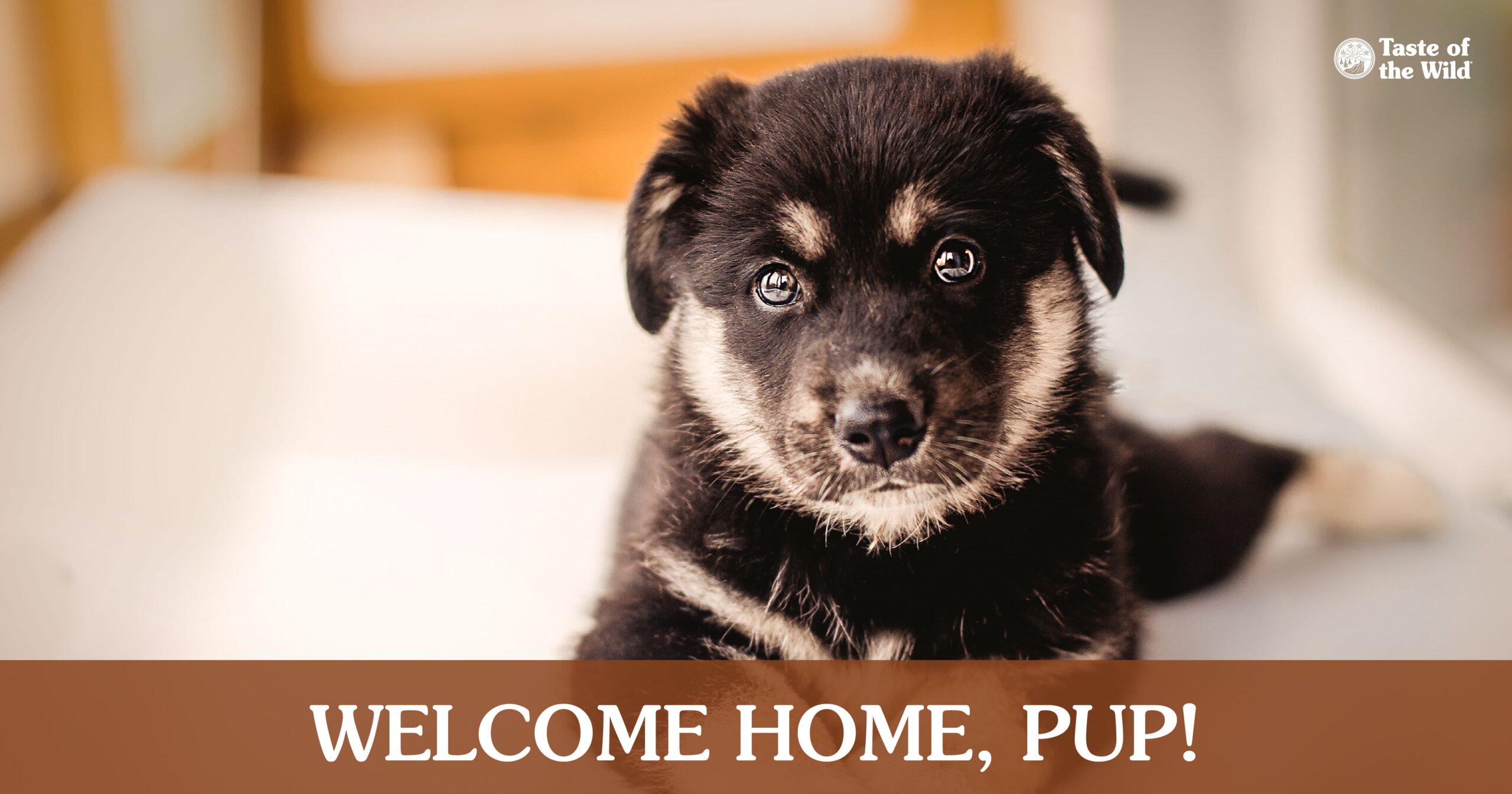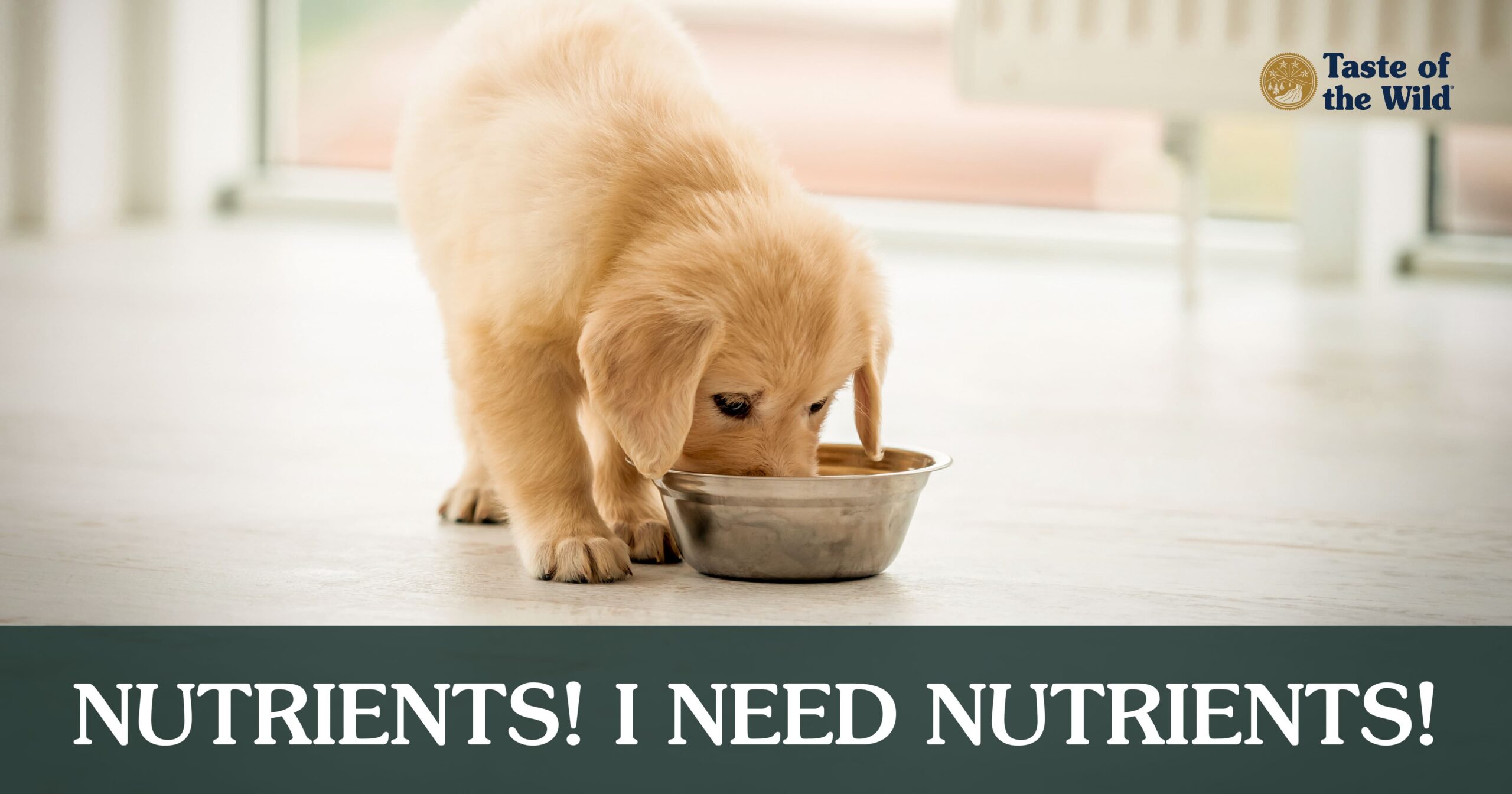Things to Do After Your Pup Turns One
Thursday, February 23, 2023 | Puppies

Did your puppy recently celebrate their first birthday? Woo hoo! How was your first year together? There were probably some highs — your first hike together, graduating from puppy school, all of those sweet cuddles. Annnnd some not-so-highs — cleaning up potty training accidents, failing puppy school the first time ‘round, your favorite shoes getting chewed.
All in all, the first year of puppyhood was likely pretty fun for you both, but now you might be wondering what comes next. Here are a few things that you can (or should) do in the next few months, now that your puppy is officially a young adult.
Unleash Those Athletic Talents
If you’ve been itching to get your dog into a canine sport, we’ve got great news — your dog is (probably) old enough now! When choosing a sport for your dog to try, think about what skills they’re naturally good at and what type of things their breed usually likes to do. Herding events may be perfect for your dog if they spend a good part of their day trying to herd your backyard chickens into their coop. If your dog loves playing in water, maybe dock diving is their thing. Or if they’re an avid fetcher, try flying disc events.
The caveat is that some large-breed puppies haven’t finished growing yet and may need a little extra time to let their bones and joints develop properly before they can start their athletic career. Also, other breeds may not be able to take part in certain events due to their physical characteristics. For example, brachycephalic breeds (those with short muzzles, like bulldogs, pugs and Boston terriers) probably shouldn’t participate in swimming or long-distance running events due to their tendency for breathing challenges.
Before beginning a new sport, check with your veterinarian that your dog is healthy and old enough to start that particular sport. Some sports may be go-go-go but others may be no-no-no, or at least, no-no until your dog is a little older.
Brush Those Teeth
Remember those sharp little puppy teeth that were oh-so-good at chewing and biting things they shouldn’t? Well, they’re gone now, and have been replaced by your dog’s adult teeth. To keep those chompers in tip-top condition and reduce the risk of gum disease or “doggy breath,” it’s important that you continue (or start) making dental care a regular part of your dog’s routine care. Try to brush your dog’s teeth at least once a day and schedule professional veterinary cleanings regularly, too. Your veterinarian will likely perform these cleanings under anesthesia so they can conduct a thorough cleaning that’s also comfortable for your dog.
There are special pet toothbrushes available that fit over your finger, or you can use a child’s toothbrush or a piece of gauze wrapped around your finger. There are also pet toothpastes available that come in dog-approved flavors like peanut or poultry. Make sure you don’t use human toothpaste as the ingredients can cause an upset tummy.
Puppy Food or Adult Food?
Has your dog been enjoying a food formulated with puppies in mind? Something like High Prairie Puppy Recipe with Roasted Bison & Roasted Venison? Or maybe Pacific Stream Puppy Recipe with Smoke-Flavored Salmon? We certainly hope so! The good news is that you can continue feeding “puppy” food, as long as the label says the food “is formulated to meet the nutritional levels established by the AAFCO Dog Food Nutrient Profiles for All Life Stages including growth of large size dogs (70 lbs. or more as an adult).” If the label has that particular statement, there’s no need to switch to a food that doesn’t say “puppy” on it now that your dog is no longer a puppy.
Alternatively, if you’re ready for your dog to try a new food, maybe something like Southwest Canyon Canine Recipe with Wild Boar, you can do that, too — as long as your veterinarian agrees with the diet change.
It’s Time for a Visit to Your Veterinarian
You want year 2 for your dog to be a healthy one, so it’s important to take them for their annual checkup around this time. Your veterinarian can check that they’re growing well and don’t have any health issues that are hiding from you. The annual checkup is also a good time for you to ask questions about your dog, if you have any.
The vaccines that your dog was given as a puppy typically require a booster around one year of age or 12 months after the last puppy booster. They will include core vaccines that protect against distemper, canine adenovirus, canine parvovirus and rabies, as well as any non-core vaccines your veterinarian recommends, depending on your geographic location and your dog’s lifestyle (e.g., leptospirosis and kennel cough).
Raising a puppy can be challenging at times, but you did it! And now a lifetime of adventures awaits!
RELATED POST: Preventive Health Care for Pets
The information in this blog has been developed with our veterinarian and is designed to help educate pet parents. If you have questions or concerns about your pet’s health or nutrition, please talk with your veterinarian.




